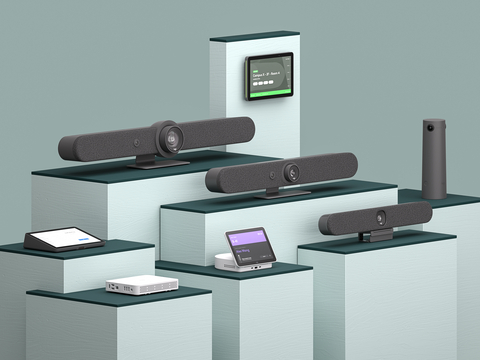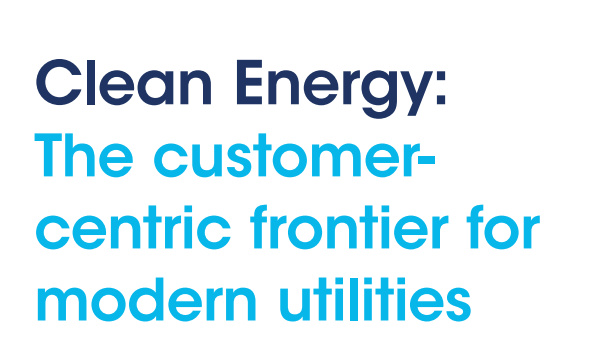Logitech says it will now use recycled plastics and 'next life' materials across its entire video conferencing line
The company has also committed to providing a clear carbon footprint profile for every device, and a collect and recycle option for old equipment


Logitech has said its range of video collaboration devices running on the CollabOS operating system will now be built using 'next-life' recycled plastics.
Existing products, the Rally Bar, Rally Bar Mini, Tap IP, Tap Scheduler, and Scribe, are being redesigned with materials that lower the carbon impact of each product, the company confirmed.
The company said it had a desire to become a more attractive partner for those customers hoping to hit sustainability goals, according to chief operating officer Prakash Arunkundrum.
"We’re not only designing and manufacturing new products with recycled plastic and other lower carbon materials, but refreshing existing products to provide IT leaders with a new way to evaluate their workplace technology investment in conference room systems – one that includes people and planet," he says.
"We do this without increasing prices or compromising the highest quality and performance companies expect from Logitech."
The move means that Logitech customers can now kit out entire conference rooms, including Microsoft Teams Rooms and Zoom Rooms, with technology based on the company's Design for Sustainability (DfS) principles.
More on Logitech
The company's newer conference room products, such as Logitech Sight, use a minimum of 50% certified recycled plastic. This means a 21% reduction in carbon footprint, and a cut of 1,400 tonnes in CO2 equivalent, per 100,000 units, according to Logitech.
Sign up today and you will receive a free copy of our Future Focus 2025 report - the leading guidance on AI, cybersecurity and other IT challenges as per 700+ senior executives
Meanwhile, the company's video conferencing products are based on low carbon aluminium made with renewable energy rather than fossil fuels, packaging derived from FSC-certified forests and other controlled sources, and 100% recycled fabrics for the Rally Bar family.
Power saving modes can potentially reduce Rally Bar and Rally Bar Mini’s carbon impact by 1.65 tons of carbon dioxide equivalent, and there's the option to collect and recycle old video conferencing equipment via Logitech Select.
Availability of the newer product designs will depend on the supply of existing products in each geography, Logitech has confirmed.
RELATED RESOURCE

Learn about the three aspects of clean energy program modernization
DOWNLOAD NOW
The company says it's on track to achieve its 2025 target of having clear carbon footprint messaging for every product in its portfolio. The company has also committed to sharing its DfS principles, tools, and knowledge of how to incorporate more sustainable materials in the manufacturing process with its wider customer base.
Logitech decreased its Scope 3 emissions by 21% in 2022, it says, with the goal of removing more carbon than it creates by 2030.
Research by a team from Purdue University, Yale University and the Massachusetts Institute of Technology found that just one hour of videoconferencing or streaming emits 150-1,000 grams of carbon dioxide.
Leaving the camera off during a web call can cut this footprint by 96%, while streaming content in standard definition rather than in high definition can drop it by 86%.
"Banking systems tell you the positive environmental impact of going paperless, but no one tells you the benefit of turning off your camera or reducing your streaming quality," says Kaveh Madani of the Yale MacMillan Center.
Emma Woollacott is a freelance journalist writing for publications including the BBC, Private Eye, Forbes, Raconteur and specialist technology titles.
-
 Trump's AI executive order could leave US in a 'regulatory vacuum'
Trump's AI executive order could leave US in a 'regulatory vacuum'News Citing a "patchwork of 50 different regulatory regimes" and "ideological bias", President Trump wants rules to be set at a federal level
-
 TPUs: Google's home advantage
TPUs: Google's home advantageITPro Podcast How does TPU v7 stack up against Nvidia's latest chips – and can Google scale AI using only its own supply?

